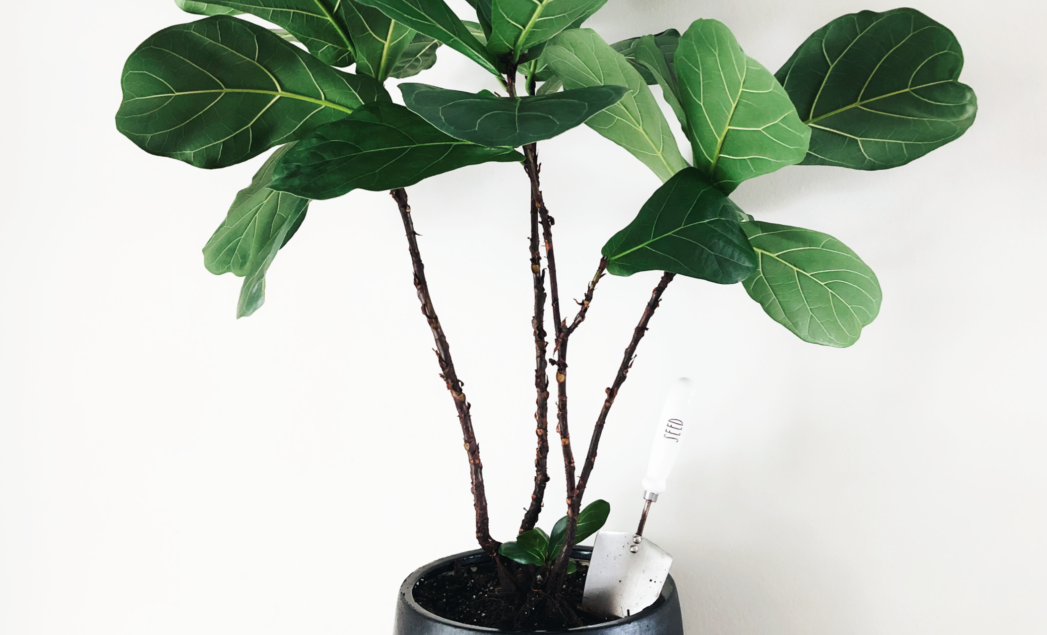Types of Plant Fertilizers You Should Be Using
Ah, those rumbles in your tummy. You smell something tasty cooking… Your mouth starts to water…
Those are all signs that you’re getting hungry, right?
We all know that feeling too well.
And while your plants don’t have senses like smell or taste, they still get hungry – in their own way. They need to be fed and their food comes in one main form: plant fertilizers.

Plant Fertilizers? Explain more.
When you fertilize, you are adding nutrients into the soil; just like when we eat, we add nutrients to our bodies. Plants need essential nutrients to survive.
Some of the most important plant fertilizers include nitrogen (N), phosphorous (P) & potassium (K).
When a bag of fertilize contains all three, you’ll see it labeled with NPK.
Nitrogen helps a plant’s leaves grow because it’s a primary building block of chlorophyll. Chlorophyll then gathers up the energy that it gets from the sun and helps the plant photosynthesize.
Phosphorous in plants will help encourage roots to grow and help form new ones. Which in turn will help grow a bigger, stronger plant.
Potassium doesn’t directly help the structure of a plant in the same way as phosphorous and nitrogen, but it is still a vital element. It helps the stomata function properly. The stomata are cells located on the bottom of the leaves that open and close to release water and gas vapor.
Plants have a fascinating relationship with science and chemistry, but you’re not here today for that – you’re here for the fertilizer. If you can feel yourself going cross-eyed, stay with me, this is where it gets good.

From here on out, we’re going to focus on what you should always look for in a fertilizer. I will let you know how I’ve been able to keep my houseplants well fed and alive by the types of plant fertilizers have worked best for me.
Miracle-Gro® Plant Fertilizers

Hear me out.
I would prefer to go organic, because you know I’m all about that lifestyle, and when I’m out shopping at the grocery store, I’ve been leaning on more “organic” options.
But I’m not planning on eating my houseplants. If I were to start a veggie/fruit or herb garden, I’d probably go with another option on this list. But for what it’s worth, I’ve found that Miracle-Gro works wonders on my houseplants. They love it!
This plant fertilizer is filled with NPK, so you know your plants are getting what they need.
Organic Options For Plant Fertilizers
If you want to grow an edible garden or would prefer to fertilize your plants the organic way, you can still get your plants the NPK they need naturally using one of these methods:
(Used) Coffee Grounds

After I’ve brewed my coffee in the morning I’ll keep some of the grounds to make a very diluted “coffee” for my plants.
I make this plant coffee almost like a watered-down iced tea. Clear enough so you can read through it. Some plants can get a bit buzzed from the caffeine in the coffee to help them “wake up” and grow.
Coffee contains a good amount of nitrogen, which is good for strong and healthy stems. Using coffee as a fertilizer is a great, organic way to get that nitrogen into your plants naturally.
Banana Peels

An organic way to get potassium into your plants life is through the use of banana peels. You can chop up the peels and bury them into your soil or make a “tea” by soaking the chopped up peels in some water overnight. Banana peels contain small amounts of phosphorous as well.
Bone Meal

Although the banana peels have a little bit of phosphorous, it’s usually not a sufficient amount to give your plants all they need. The best way to get phosphorous into your plants is by using bone meal.
Adding bone meal to your plants couldn’t be much simpler. Just sprinkle a little bit of bone meal onto the soil and water thoroughly!
Eggshells

Don’t throw away those shells!
Eggshells are packed with calcium, which is good for plant health as well. Calcium holds together the plants cell walls, which makes it an important nutrient for new growth.
Did you add too much coffee to your plants earlier in this process?
Well when you do, it can make the soil pretty acidic, and that’s not ideal for all plants. Eggshells help moderate the acidity in the soil, keeping your plant’s caffeine addiction in check and preventing any stunted growth.
I guess this proves that even plants need a well-balanced breakfast, huh?
SUPERthrive®

Superthrive isn’t a fertilizer, but it’s a great sidekick to any fertilizer. Think of it like the Robin to your Batman. This is a multivitamin for your plants, and it smells like any multivitamin you might take, too!
I like to add this supplement into my fertilizer water for additional punch of nutrients. Honestly, this is the concoction that brought my notorious fiddle leaf fig back to life and saved it from a horrible, slow death.
I discovered this product after a lot of Instagram plant parents were swearing by it, and decided to give it a try. Apparently it’s a gardener’s best friend and it’s quickly becoming one of mine as well!
Your Plants Are Hungry!
Most people overlook the importance of fertilizing, they think plants just need watering.
Potting soils for houseplants only contain so many nutrients, and once they’re gone, you’re leaving your plants to starve.
Houseplants that have been properly fertilized stand out from the rest.
They’re usually bright, big and healthy-looking.

Fertilizing should always happen from early spring to late summer. That’s when the plants come out of dormancy – they’re awake from the winter and ready to grow!
Have you tried any of these types of plant fertilizers?

